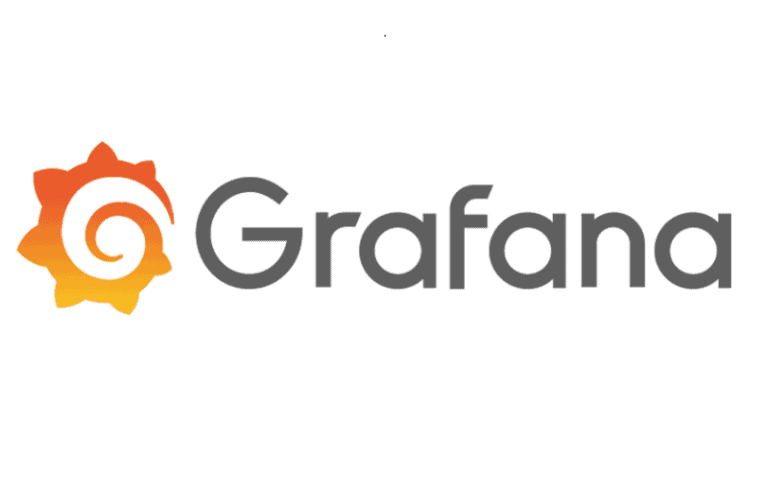Grafana Labs is known for its open and composable observability stack. News from the company this month saw it roll out what it says are advancements in AI/ML for observability alongside extensions to its core platform and the launch of a new startup programme. Grafana Labs is aiming to target the DevOps and Site Reliability Engineering (SRE) team’s expenditure on time, toil and treasure (i.e. money and cost) and make observability better.
Grafana Labs is expanding its query-less experiences following feedback on its Explore Metrics and Explore Logs technologies. Both are now generally available to all open source and Grafana Cloud (including the free tier) users. In addition, the company’s Explore Traces and Explore Profiles are now available in public preview. All are observability software services with user interfaces that allow users to drill down and reduce the volume of data they’re sifting through without having to know query languages like PromQL, LogQL, or TraceQL, streamlining data exploration and analysis.
DevOps teams & SREs
“We’re not just improving our tools; we are completely changing how DevOps teams and SREs interact with their systems and data, simplifying their everyday activities,” said Tom Wilkie, CTO of Grafana Labs.
The organisation also came forward with new enhancements to the Grafana LGTM (Loki, Grafana, Tempo, Mimir) stack designed to accelerate onboarding and streamline usability within Grafana Cloud.
“In an effort to meet customers where they are, Grafana Labs is announcing Cloud Provider Observability for understanding workloads and usage of Amazon Web Services, Microsoft Azure and Google Cloud Platform services, all in Grafana Cloud,” said Wilkie and team. “Cloud Provider Observability simplifies monitoring multi-cloud environments and provides more comprehensive insights across cloud services with a single, out-of-the-box observability solution that is easy to set up and scale.”
Troubleshooting complex microservices
One of the biggest challenges in troubleshooting complex microservice-based applications is the manual correlation of anomalies to isolate problem areas and conduct root cause analysis. Grafana Labs has focused on this issue and acquired Asserts.ai in November 2023.
A new unified workflow connects Asserts’ technology with various Grafana Cloud tools, which use AI/ML to automate the process of detecting and correlating anomalies across application and infrastructure signals. These new integrations cover a range of monitoring needs, including application performance, Kubernetes workload monitoring, infrastructure monitoring, real user monitoring and simplified Service Level Objective (SLO) management.
Earlier this year, Grafana Labs introduced a revamped version of Grafana Cloud Synthetic Monitoring powered by Grafana k6 to enable users to simulate the most complex transactions and user journeys. Now, the company is announcing the unification of synthetic monitoring and k6 and a focus on making authoring tests easy with the introduction of k6 Studio, Scripted Monitoring and Browser Monitoring in Grafana Cloud.
Detailing more here, k6 studio is a GUI-based, low-code/no-code test authoring tool that enables users to create tests without hand-scripting in JavaScript. This accelerates the process of recording and running tests compared to manual scripting. It also generates scripts compatible with both synthetic monitoring and load testing, offering a more unified experience across both products to developers and QA/performance testers without strong programming skills.
Incident rooms, incidentally
“A lot of rich context for both incident understanding and post-incident learning is hard to capture and often lost completely when responders discuss the incident on an audio or video call. To address this, Grafana Labs is investing in Incident Rooms, which provide real-time transcription for incident bridges. A bot transcribes conversations in the Incident Room directly into the incident timeline, using LLMs to summarise and capture critical insights that might otherwise be missed,” detailed Wilkie and team.
To help more organisations get up and running with observability, Grafana Labs also launched a startup programme, offering 50 eligible startups funding in the form of Grafana Cloud credits for 12 months or until their next funding round.
“Our new startup program isn’t just about offering credits; it’s about equipping the next generation of tech leaders with best-in-class observability tools from the start. This program embodies our commitment to fostering a vibrant tech ecosystem and our belief that when startups succeed with the right tools, the entire industry moves forward,” said Ash Mazhari, VP of corporate development at Grafana Labs.
Grafana Labs is an interesting technology proposition i.e on the one hand deeply technical down to the logs and traces weeds of systems operations and, equally, on the other hand now working to abstract a proportion of its toolsets upwards for less technical users. In an era when observability specialists are now once again happy to be referred to as Application Performance Management (APM) vendors – a term that fell out of favour for a while – Grafana appears to straddle a sometimes heady mix of competencies in this space. We’ve missed somewhere around half the company’s platform updates in this story and there’s still plenty to chew on.
